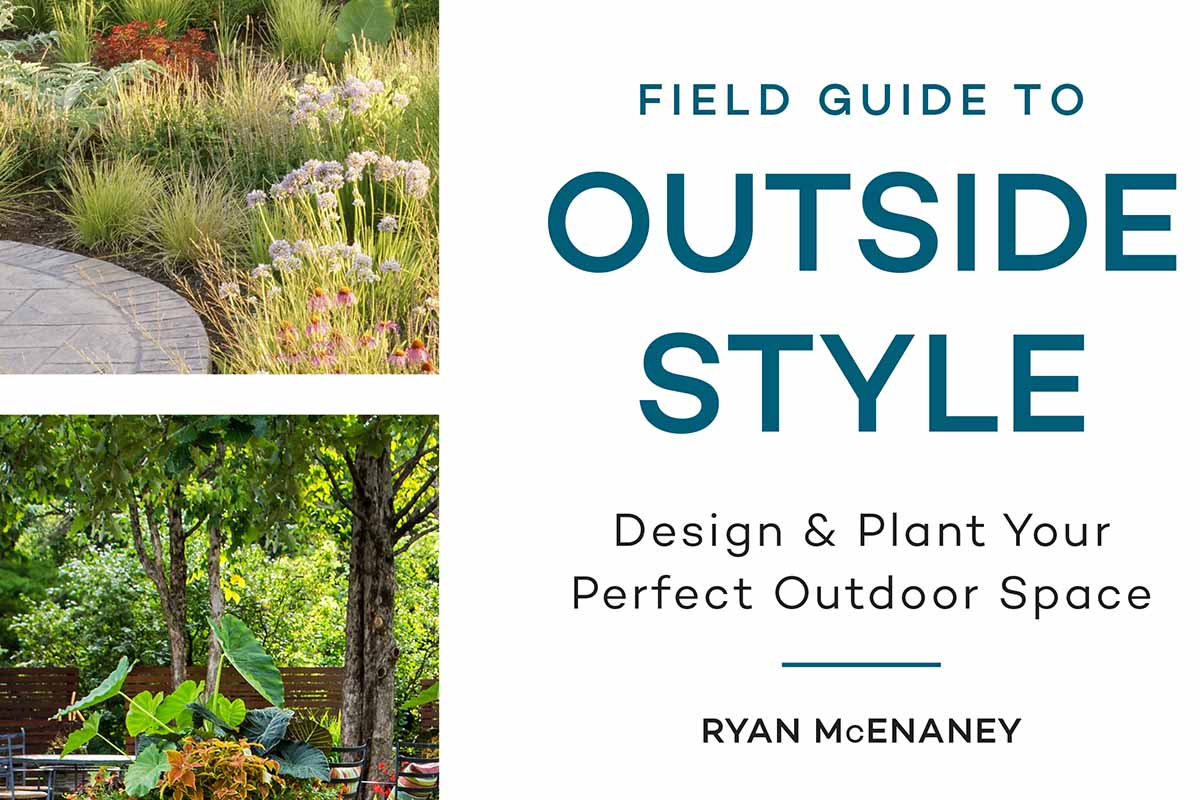When it comes to free time, there aren’t many better ways to spend it than relaxing outdoors in a beautifully designed home landscape or ornamental garden.
If your own space isn’t quite there yet and you want to create or improve upon your home landscaping, you might need some gentle guidance.
If so, Ryan McEnaney’s “Field Guide to Outside Style” will be the perfect book to help you get started!

We link to vendors to help you find relevant products. If you buy from one of our links, we may earn a commission.
Written in a friendly, lighthearted style, and packed with inspirational photos of beautiful home landscaping, this book is designed for beginning gardeners – and seasoned gardeners in need of a little stylistic assistance!
You can find “Field Guide to Outside Style” on Amazon now.
For a more in-depth look at this book, keep reading for our review. I’ll give you an overview of the guide’s content, so you’ll know what to expect from it, and at the end I’ll provide you with my own assessment of the book’s merits.
Here’s what we’ll cover:
Field Guide to Outside Style: A Look Inside
First Impressions
Who are we kidding – of course we judge books by their covers!
Well, the cover of “Field Guide to Outside Style” invites you in with photos of cozy outdoor seating arrangements, lush landscaping, and attractive ornamental garden juxtapositions.
Field Guide to Outside Style, Available via Amazon
Currently available in either hardcover or in Kindle format on Amazon, this book is certainly designed to be read, but it will do double duty as a coffee table book, where its gorgeous photos depict attractive designs for home landscaping and ornamental gardens.
Printed by Cool Springs Press and released in 2022, the book is 208 pages long, and measures 8.25 x 0.85 x 10.25 inches, making it a convenient size to tote around as you work on your own landscape designs.
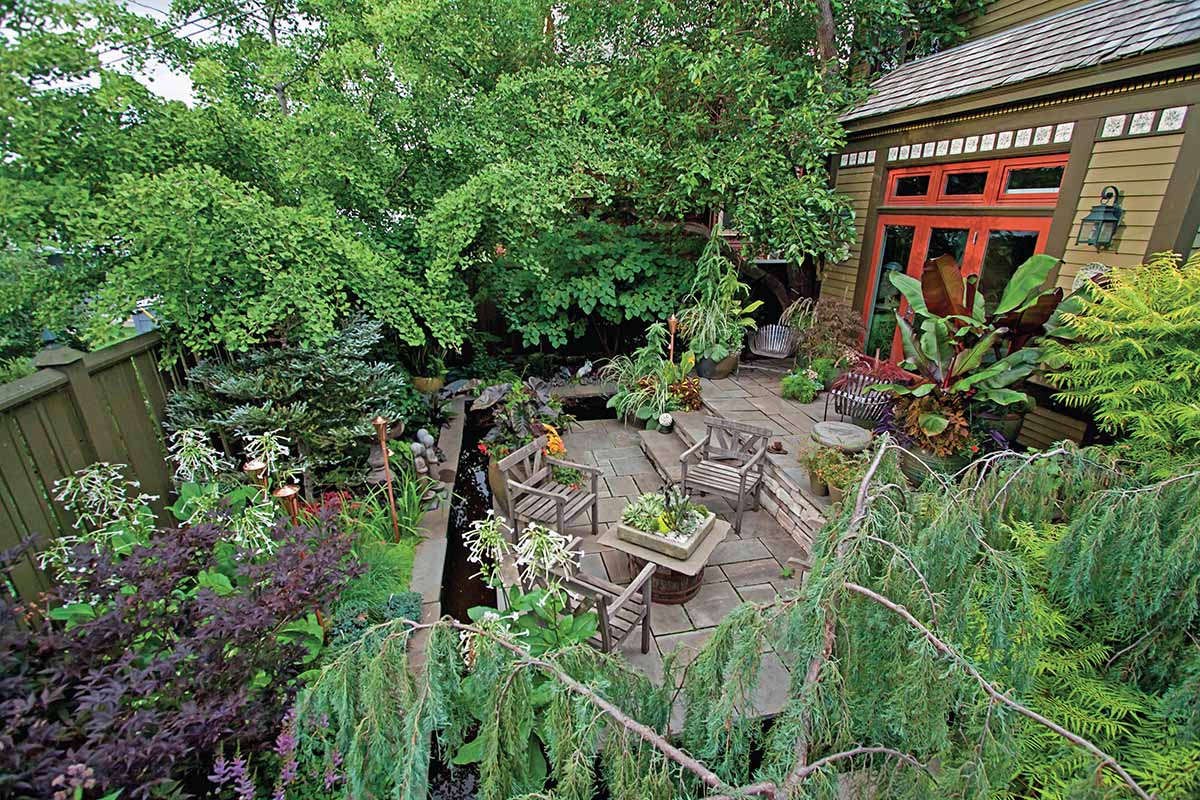
The pages of the book are glossy and are filled with both full-page and some double page photos including lots of original photos by photographer Tracy Walsh, illustrated landscape designs, and a chart with recommended plants.
Flipping through this book made me curious as to what insights the author would bring to the images.
But before we get to those insights, let’s meet the author himself.
Who Is Ryan McEnaney?
Ryan McEnaney’s bio describes him as a “plantsman, designer, and communicator for all things green and gardening.”
As a gardening writer and avid gardening book reader, this is certainly a bio that piques my interest! In fact, by the end of the book, I started to feel like Ryan was one of my BFFs – not surprisingly, since this guide is written in such a warm and friendly style.

This author’s style is so friendly, in fact, that it seems wrong to go with the usual convention and refer to the author by his last name here. After reading his book, I feel like I’m on a first name basis with him, so I’ll just go with it and call him by his first name, Ryan!
Ryan comes from a long line of nursery folk, and he is a family member and owner at Bailey Nurseries, a vast grower of shrubs and trees that has been around since the early 1900s and is known for its lines of hydrangeas and shrub roses.
On the communication side of his work, Ryan has been quoted by or featured in publications such as Better Homes & Gardens, HGTV Magazine, Martha Stewart Living, Real Simple, and The Wall Street Journal.
He has also appeared on TV through his gardening communication work, and travels widely to help educate home gardeners.
Hailing from the North Central region of the US where he lives with his husband and two dogs, Ryan makes sure to provide insights for cold-zone gardeners in his book – and to longingly show a bit of envy towards gardeners in more tropical locations!
After reading his book, I’d guess that Ryan McEnaney is a convivial sort who enjoys entertaining friends and family, and who’d go out of his way to help a stranger solve a landscaping problem.
That certainly seems to be what he’s trying to do in “Field Guide to Outside Style.” Though rather than solving individual ornamental garden problems, he’s helping to get us all started off on the right foot – and doing so in an entertaining manner!
Section By Section
This book includes an introduction followed by five chapters, an index, a page of recommendations for further reading, and an author bio page.
We’re going to dig into each chapter of the book. But first, let’s consider the author’s introduction.
Introduction
Right off the bat, Ryan tells us he grew up in the nursery business, but he is not a horticulturalist. He clearly doesn’t want us to be intimidated as we embark on our outdoor design projects together.
In the introduction, he establishes a lighthearted and down to earth tone, telling us that in his book we’ll be going on dates, having cocktails, and talking about fashion – things you might do with a pal!
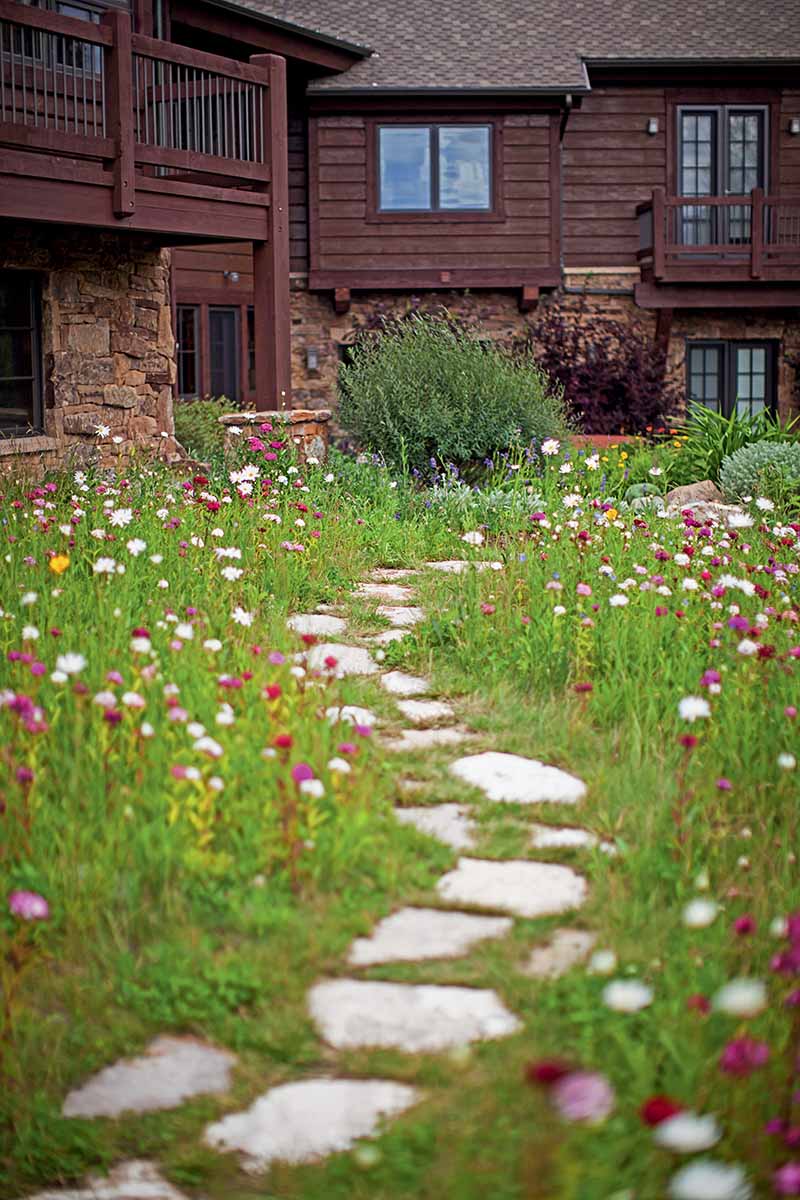
And after setting the tone, he gives us some gardening motivation.
Ryan reminds us that while landscaping can certainly beautify our lives in the present, it also has the long-reaching ability to continue to do so throughout time, for years into the future.
Shrubs and trees planted today will be able to offer shade, beauty, and a sense of place to our descendants.
Beginning with this thought seems like an excellent place to embark on a home landscaping design project!
Polka Dots or Stripes
The title of chapter one, “Polka Dots or Stripes,” tells you where we’re going with this chapter – straight into a conversation about fashion, complete with references to skinny jeans, and yes, polka dots and stripes!
Since this is a book about outdoor style, Ryan McEnaney asks the reader to think about how our clothing preferences influence our appreciation of style in terms of color, texture, seasonality, and pattern.
After this surprising dive into fashion, the author asks us to consider something closer to our target of outdoor style – that is, furniture.
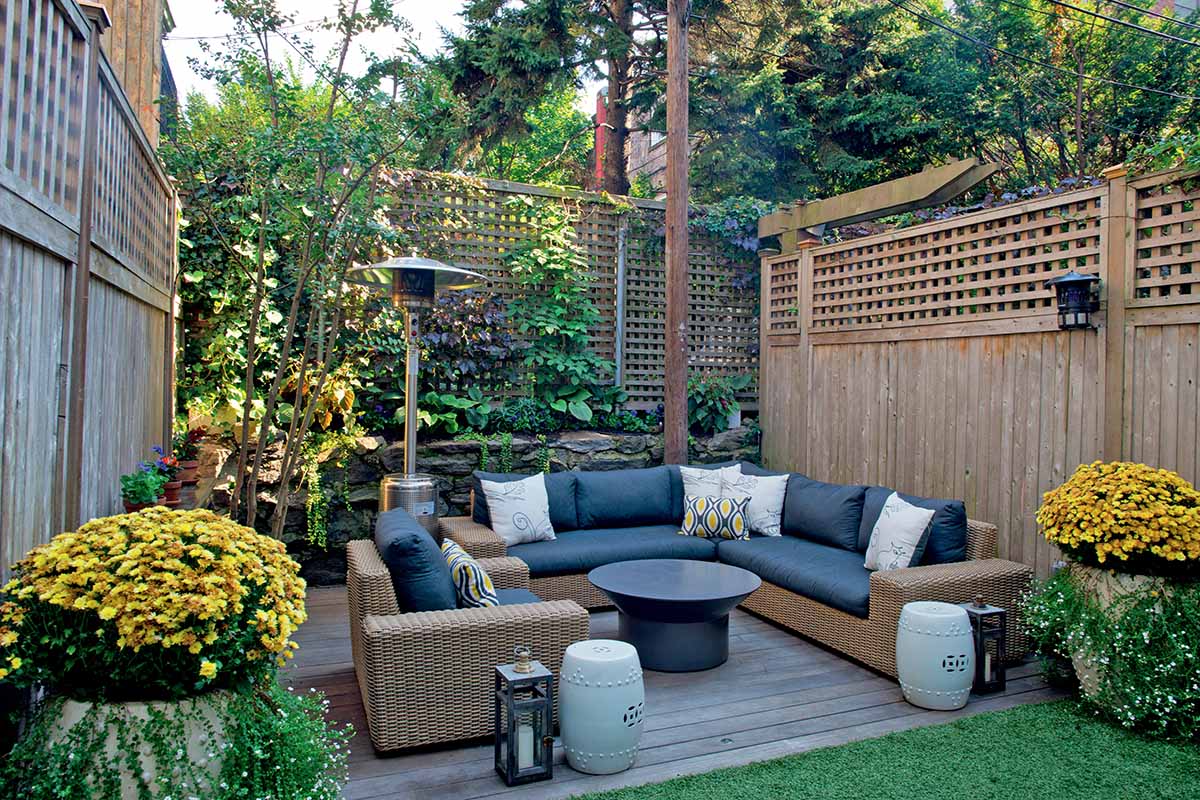
In discussing furniture in terms of function, personality, and harmony, the author invites the reader to start understanding one’s own sense of style as translated into landscaping and gardening terms.
Next, Ryan has us consider our reactions to architecture in terms of scale and views. He also discusses how architecture allows us to experience moments of time such as sunrise, or enjoying a cup of coffee on a quiet morning.
This chapter is intended to get us thinking about our landscaping style preferences, laying a foundation for what’s to come.
Date Night with Your Space
While fashion was the focus of the previous chapter, chapter two, “Date Night with Your Space,” expands on some of the topics touched on previously, exploring them in more detail.
This chapter is educative, but these lessons are couched within an invitation to various meal- or drink-based “dates.”
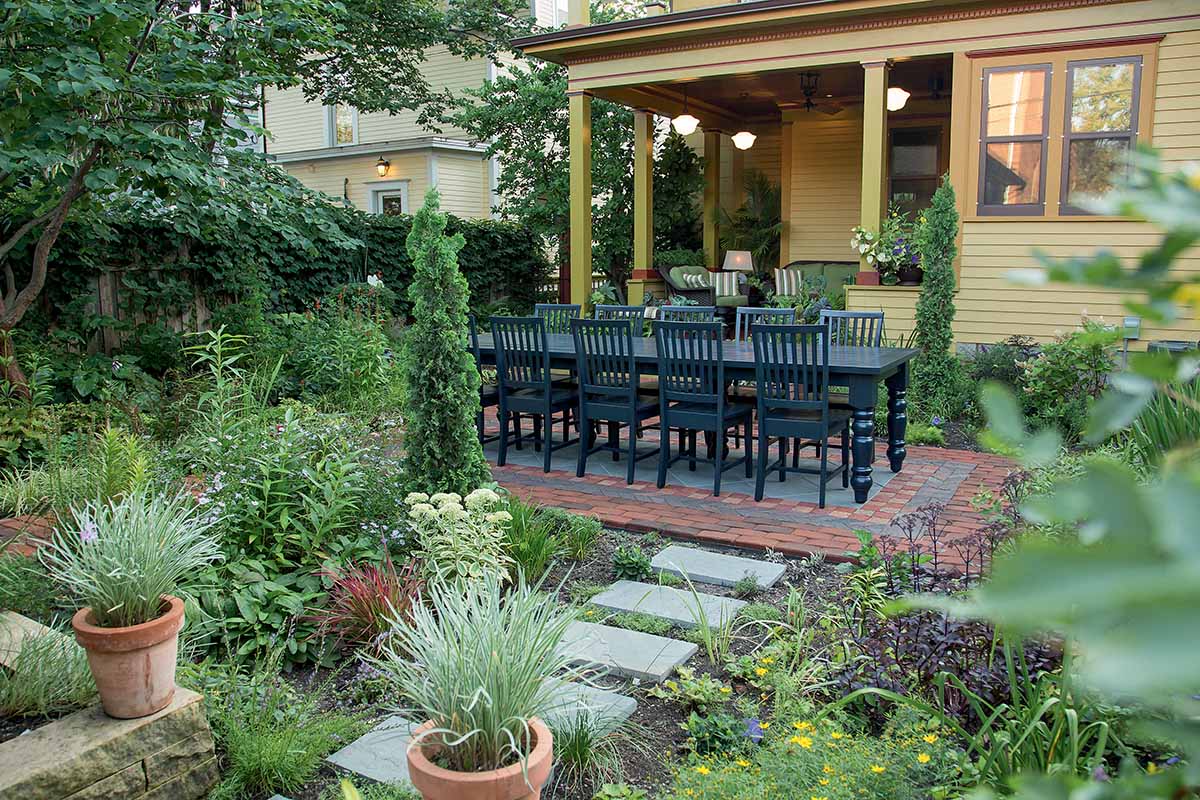
Our goal in this chapter is to assess our current situation so that we know what we’re working with as our landscaping projects take shape.
We learn more about what to consider when designing a home landscape in terms of color, size, plant combinations, accessories like containers, and hardscaping.
Ryan also walks us through some practicalities – things like soil type, USDA Hardiness Zones, elevation, precipitation, sun exposure, and even (the dreaded) budget.
Guardrails
Speaking of budget, in chapter three, “Guardrails,” Ryan helps us to define the scope of our landscaping project – and budget is certainly one of the defining features.
Why are we working on this home landscaping project anyway? Is it for beauty? To create a backdrop for outdoor meals? For the benefit of pollinators? Or all of the above?
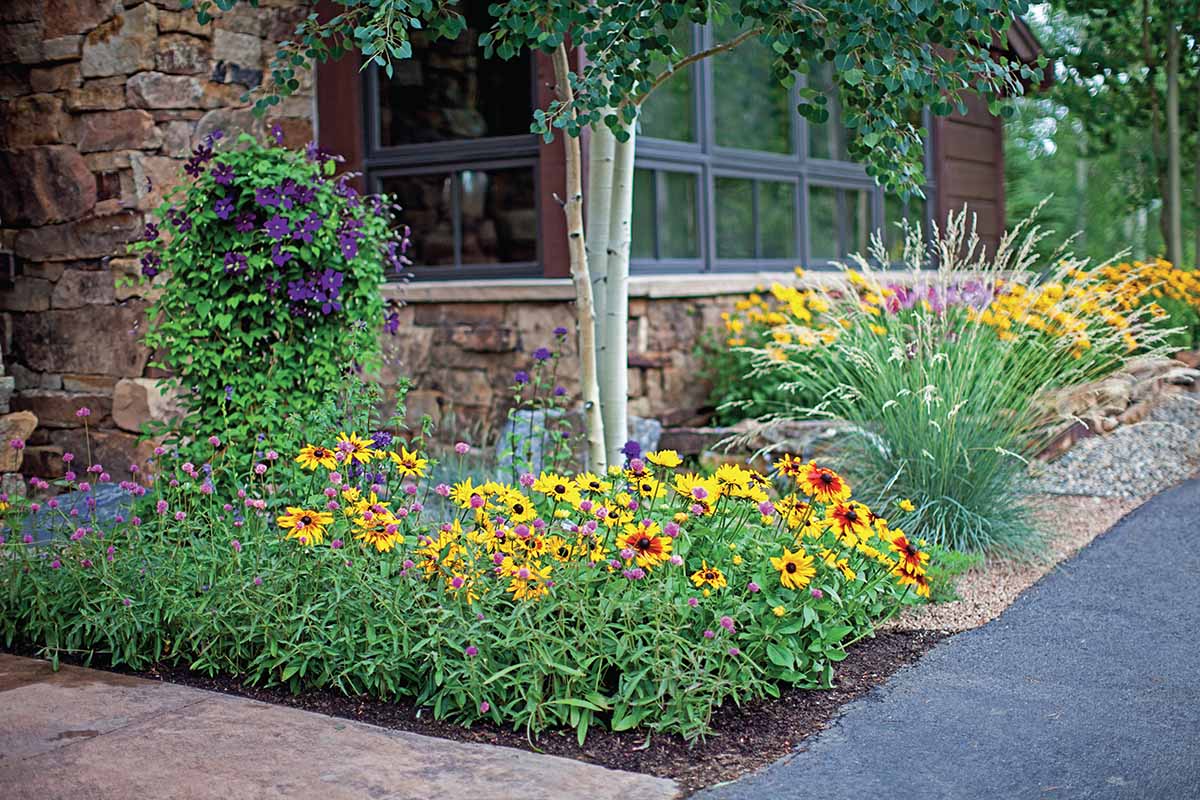
In this chapter, Ryan also encourages us to think about how much work and money we’re willing to put into our ornamental garden project both now and in the future, how our outdoor space will change throughout the seasons, and how it will play a part in our lifestyle.
Again, to a certain degree, this chapter builds on the previous chapters so the project can continue taking shape in the mind of the reader.
Designing Your Space
After getting an idea about our own style sense in chapter one, assessing our current landscaping situations in chapter two, and defining the boundaries of our ornamental garden projects in chapter three, in chapter four, “Designing Your Space,” we encounter three different style personas to further guide us in our outdoor style choices.
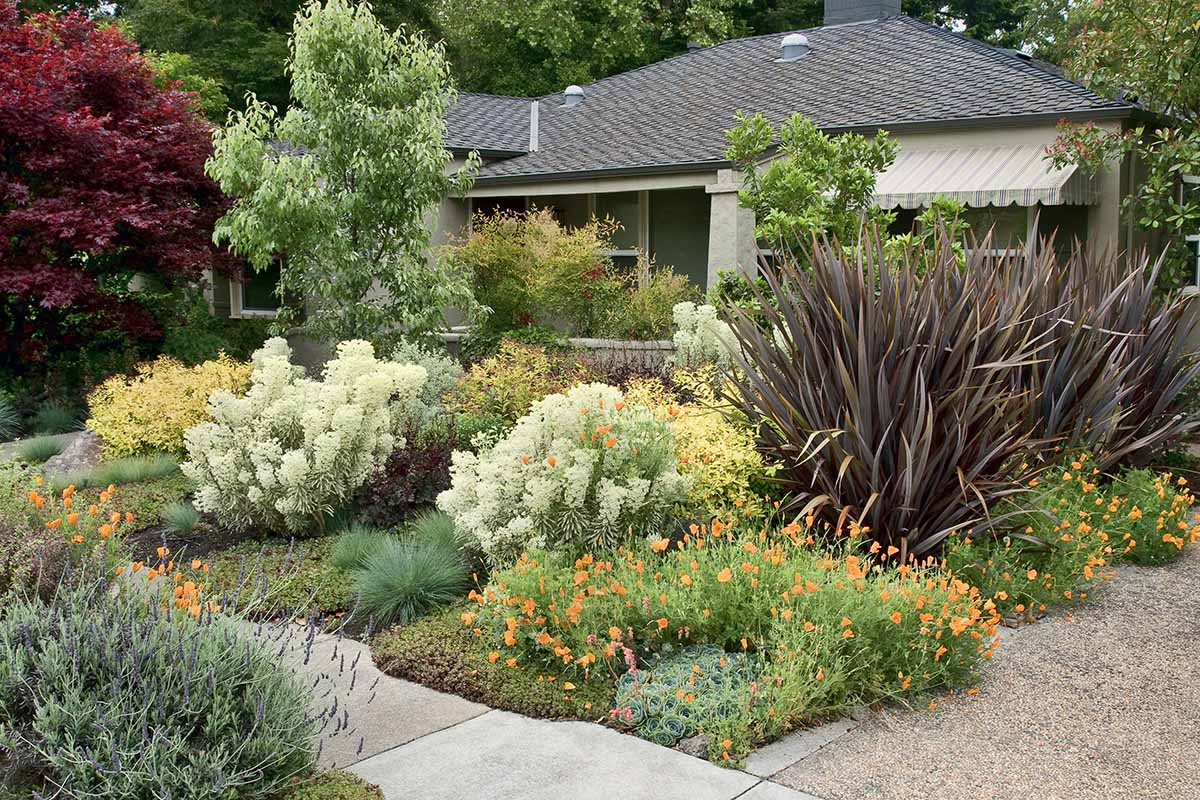
This chapter is where the “field guide” part of the book comes in – in chapter four, Ryan introduces three different outdoor styles, embodied in different personas with the names Tommy, Kelly, and Martha, and shows us how to recognize them.
The three different landscaping style personas discussed here are naturalist, minimalist, and classic. For a better idea of that last one, picture the landscaping flair of lifestyle mogul Martha Stewart.

Ryan explains that these personas don’t just have different styles, they represent different approaches to gardening.
For instance, some may avoid using soil amendments, while others may readily adopt them in order to grow the desired ornamental plant species.
Ryan discusses the approach of these three landscaping design personas when it comes to color, texture, seasonality, function, and shape, breaking down fashion, form, and function for readers according to each of the different personas.
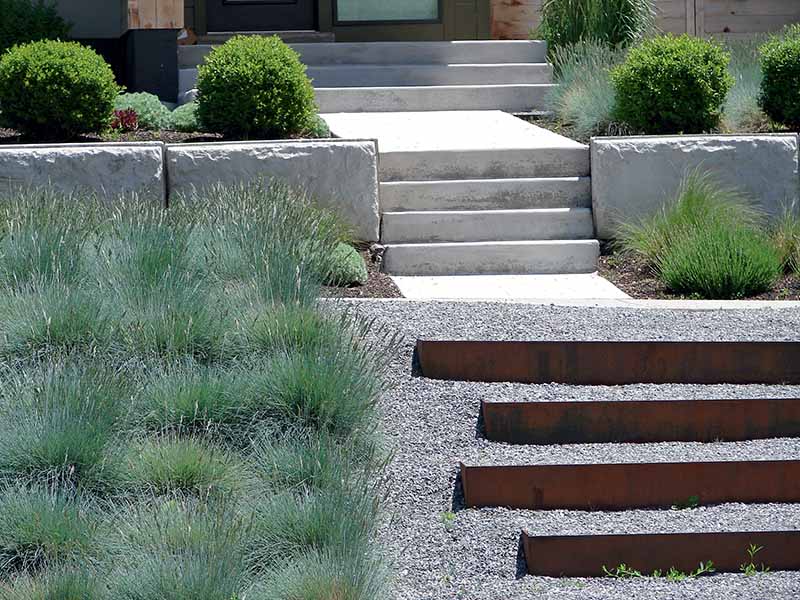
Next, Ryan provides us with examples of landscaping designs to illustrate each style, with a small, medium, and large site design for each persona.
These designs are plan views – that’s to say, illustrations that take a viewpoint that looks straight down at the site from above.
Readers are also treated to three case study illustrations, one for each design persona.
These case study illustrations show a three-phase process: before, during, and after the landscaping transformation, and they are accompanied by write-ups that explain the goal of each project, key elements, design strategy, and final implications.
Recipe Cards
By this point in “Field Guide to Outside Style,” the reader will be well-versed in their own outdoor style, and will have read about and viewed many ornamental gardening examples to draw on for guidance and inspiration.
In the fifth and final chapter, “Recipe Cards,” Ryan provides a selection of plant palettes for us to choose from as we compose our garden designs.

The author provides eight different “recipe cards” or plant palettes per landscaping style persona.
That’s to say, for each persona there are two different plant groupings for each of four different climates: cold climate, temperate, subtropical, and arid or high elevation climates.
For instance, readers who feel most akin to the Martha landscaping persona will discover palettes for gardens with full sun and well-drained soil in cold climates, cottage style gardens in temperate climates, container gardens in subtropical climates, and gardens with rocky soil in arid climates, among other combinations.

Gardeners will likely see many familiar plants among these groupings, such as hydrangeas, anise hyssop (Agastache foeniculum), bee balm (Monarda spp.), and black-eyed Susans (Rudbeckia hirta).
However, these “recipes” might also give you the chance to discover new cultivars of familiar plants, or species you have never encountered before, such as chaste tree (Vitex agnus-castus), Indian paintbrush (Castilleja spp.), or the ornamental grass known as zebra grass (Miscanthus sinensis).
At the end of the “Recipe Card” chapter, there is a chart listing even more plant choices likely to please the three different landscaping style personas.
Information for these garden options includes plant category (shrub, tree, or perennial), climate range, and the plant’s noteworthy characteristics.
Final Thoughts
So far I’ve given you a glimpse of the content held within “Field Guide to Outside Style” – now it’s time to reflect and give you my critique of this landscaping design book.
As I read through this volume and considered how the information held within it was arranged, I noticed that this is not a step-by-step, “how-to” garden design book. Gardeners won’t be able to quickly scan the written material and find the steps they need to follow.
Instead, the first three chapters build one on the other, revisiting some of the same topics (such as the use of color) but in increasing depth as the chapters progress. The author seems to be gradually building a foundation for readers to expand upon as they travel through the book.
Some gardeners may prefer a crystal clear organizational system – the written equivalent of a square foot garden raised bed!
However, those who are not looking for that type of landscaping guidance may not notice or be bothered by the more subtle, layered organization that lies in this book.
The next thing I’d like to point out is that the title of this book may be slightly misleading.
If you are a fan of field guides, such as the National Audubon Society’s “Birds of North America,” you may be disappointed once you dig into the pages of this book – with the exception of the style personas, it’s not really arranged like a traditional field guide.
One point of criticism I have is that this book doesn’t include USDA Hardiness Zones for the plants recommended in the “Recipe Cards” chapter. This information would have certainly been quite valuable to readers using this guide to create a landscape design.
Finally, let me say that anyone trying to avoid references to alcohol will want to steer clear of this volume.
As a former wine aficionado and current teetotaler, I was a bit surprised by the author’s repeated invitations (there are several!) to pour oneself a drink while tackling a section of the book.
I thought it best to forewarn potential readers of these well-intentioned but potentially triggering enticements. On the other hand, some of you may enjoy these calls to the aperitif!
Aside from these minor criticisms (and again, most of these are only criticisms from a certain point of view), “Field Guide to Outside Style” contains lots of ideas on how to make a landscape design function within existing conditions.
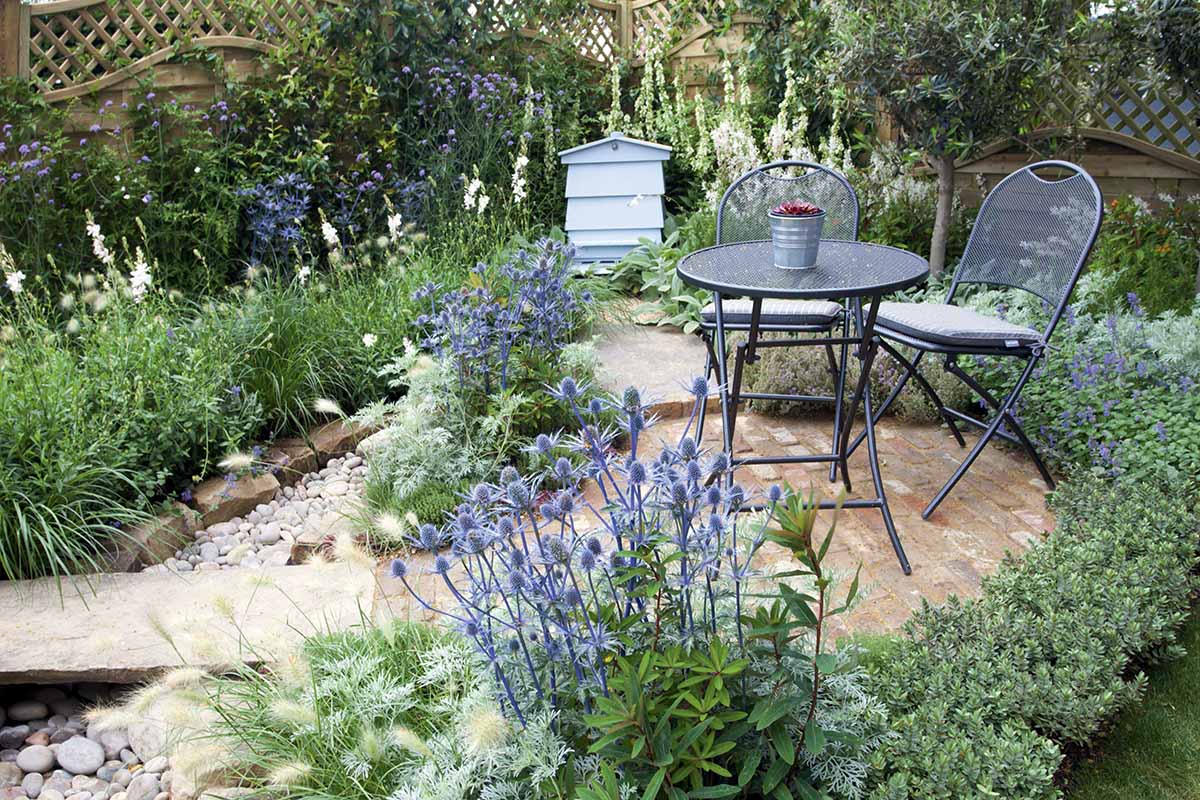
As stated at the beginning of this article, Ryan’s book would be a great tool for those who are new to gardening but are interested in doing some landscaping projects around their homes.
And while this book is not intended for those who are already strongly skilled in landscape design, it would benefit experienced gardeners who missed out on the design part of their green thumb education.
Personally, I particularly appreciated Ryan’s explanation of the Fibonacci sequence, also known as the golden ratio, and I’ll carry his explanation with me throughout my own amateur landscape design career.
As mentioned earlier, this would be a fitting book for individuals who want guidance but don’t like straightforward “how-to” style lessons.
Reading “Field Guide to Outside Style” is more like hanging out with a friend who is sharing some good ideas with you than attending a formal class.
Also of particular interest, the landscape designs and case studies presented in this book will be invaluable tools for those working on creating outdoor landscaping of their own.
In the closing words of the book, the author tells us his goal was to help get us started with creating our own landscaping designs, and I think Ryan achieves that purpose. Once you read it, all you’ll have to do is grab your gardening journal and get to planning!
Ready to get busy developing your own personal outside style? You can also find this book in hardback or digital format – both versions may be purchased on Amazon.

Field Guide to Outside Style: Design and Plant Your Perfect Outdoor Space
Have you read “Field Guide to Outside Style”? What did you think? Do you have any other home landscaping design book favorites you’d like to tell us about? Let us know in the comments section below!
And if you’re ready to peruse more gardening books, we have additional options for you right here:
